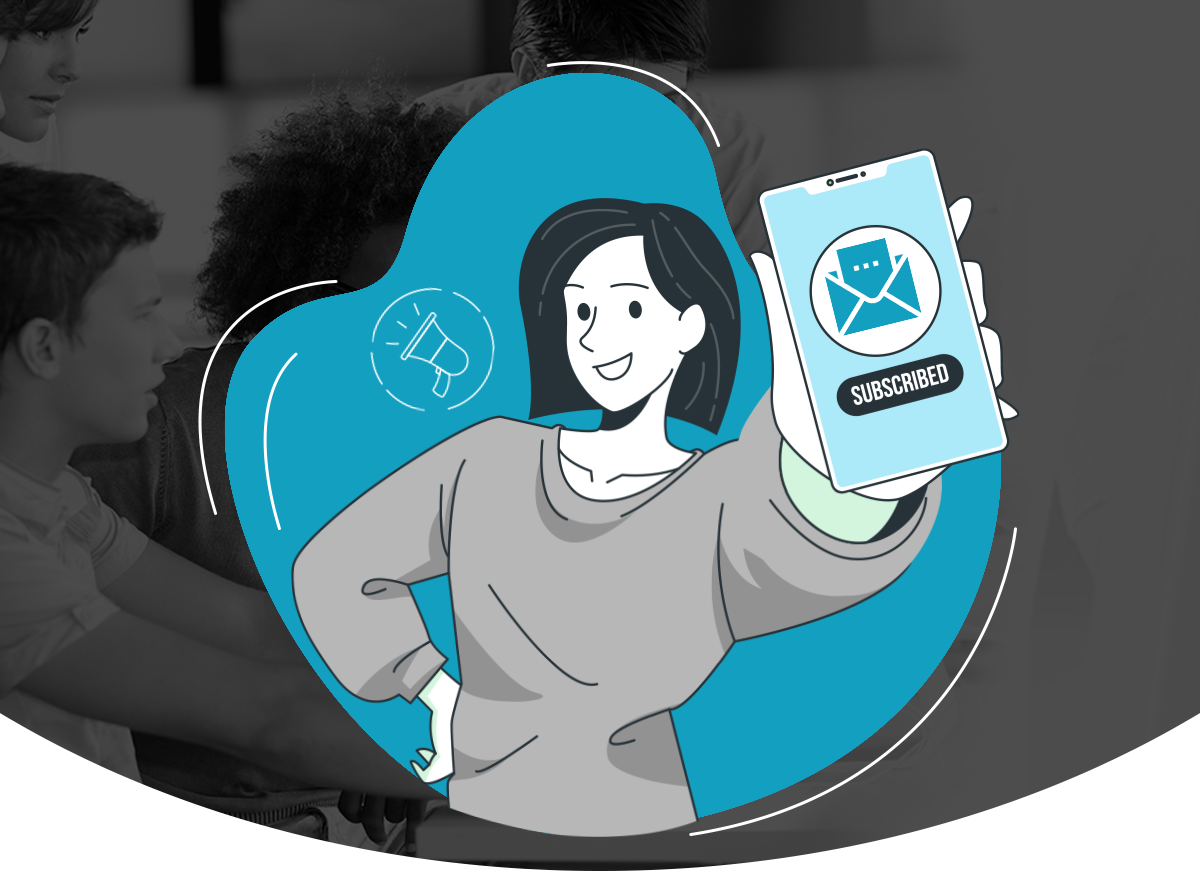
Implementing Healthcare IT Compliance with Data Security Measures
The Health Insurance Portability and Accountability Act - HIPAA Rules place a high priority on healthcare data security, so investing in the right data security software is a necessity.
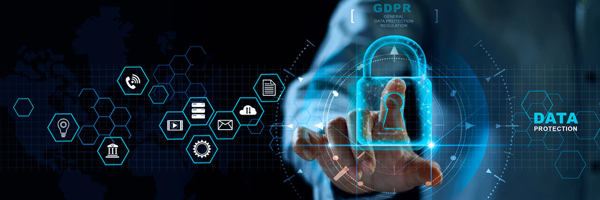
For more convenience and better patient care, the healthcare industry is quickly adopting digital and cloud-based technology. However, new vulnerabilities have emerged as a result of these improvements, posing a danger to network security and compliance.
Hospitals and other healthcare institutions have swiftly become a very coveted target for hackers due to the massive volumes of sensitive patient data they collect – and that is why we need to create a system to stop the data security breach in healthcare.
Healthcare Data Security: The core ideas
While all businesses must protect their data, this is especially true in the healthcare industry. Because healthcare institutions often have a high number of employees who use different devices to access sensitive data, the industry is quickly becoming a target for hackers.
Professional Business Systems, Practice First Medical Management Solutions, and PBS Medcode Corp., a New York practice management firm, were the target of a ransomware assault. The attackers stole files containing the names, addresses, driver's license numbers, Social Security numbers, email addresses, and tax identification numbers of workers and patients of its healthcare provider clients before attempting to encrypt data. A total of 1,210,688 people's protected health information might have been taken.
Organizations that connect to the vast Internet of Things (IoT) expose themselves to extra risks through network-connected gadgets that may not be as secure as the company's internal network, creating big data security and privacy issues in healthcare.
Correct healthcare data might be the difference between life and death for individuals who rely on contemporary medical technology. While linking these devices to the internet enhances healthcare providers' ability to treat patients, it also raises the risk of cyber-attacks.
HIPPA Rules
HIPAA laws have the greatest influence on healthcare providers in the United States to tighten their data security in healthcare, while other legislation, like the upcoming GDPR, have a worldwide impact. Healthcare providers and business partners must remain up to date on the latest standards and select vendors and business associates that follow these regulations as well.
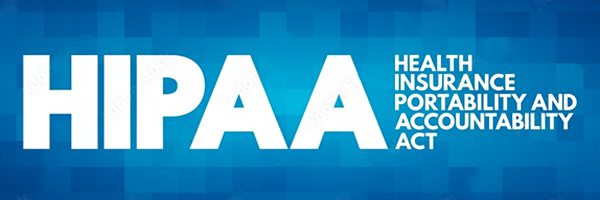
HIPAA includes two major components that deal with the protection of healthcare information:
The HIPAA Security Rule:
It focuses on ensuring the security of electronic personal health information created, used, received, and maintained by HIPAA-covered businesses. For the handling of personal health information, the Security Rule specifies administrative, physical, and technical norms and criteria.
The HIPAA Privacy Rule:
Protects personal health information, such as medical records, insurance information, and other protected information, by requiring safeguards. The Privacy Rule limits what information can be used (and in what manner) and distributed to other parties without prior patient consent.
Because healthcare data is so sensitive, the business bears a special obligation to safeguard Cybersecurity ecosystems. Data security healthcare is an important component of the Health Insurance Portability and Accountability Act Rules, according to the HIPAA Journal. To maintain security, these regulations require covered businesses to develop a risk management program.
The repercussions of inadequate cyber risk management might be severe if firms fail to comply with HIPAA data security regulations. In addition to brand harm and commercial losses caused by an anxious public, organizations may face a violation or penalties.
What are the biggest threats to Healthcare information?
Medical information may be exploited to counterfeit identities, acquire free healthcare, or make false claims, making healthcare data incredibly valuable to hackers. Patient data is often taken with the intent of reselling it for a profit, whether to other hackers on the dark web or to the organization from whom it was obtained.
In December 2021, the HHS' Office for Civil Rights (OCR) received 56 reports of data breaches involving 500 or more healthcare records, down 17.64 percent from the previous month.
Between January 1 and December 31, 2021, an average of 59 data breaches were reported every month, with 712 healthcare data breaches documented. This is a new high for healthcare data breaches, outnumbering last year's total by 70 percent - a rise of 10.9 percent from 2020.
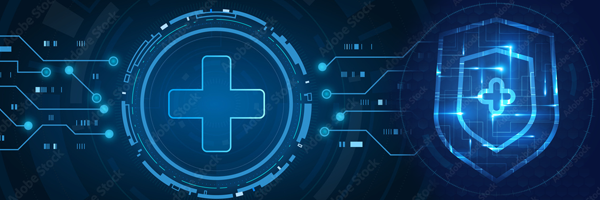
In terms of the number of healthcare records hacked, this year has been extremely severe.
44,993,618 healthcare records have been exposed or stolen as a result of the 686 healthcare data breaches in 2021, making it the second-worst year in terms of leaked healthcare records.
There have been 245 data breaches involving 10,000 or more records, 68 breaches involving 100,000 or more persons' healthcare data, 25 breaches affecting more than half a million people, and 10 breaches involving more than one million people's personal and protected health information.
Some of the examples of data security breaches in healthcare are:
Ransomware:
In healthcare, ransomware attacks take an organization's data and then sell it back to the owner for a fee.
All encrypted files are frequently destroyed and lost permanently if the hacker does not get paid.
When a company is unprepared for an assault like this, access to essential information may be restricted, making day-to-day operations difficult.
DDoS (denial-of-service) attacks:
A distributed denial of service (DDoS) attack aims to interrupt network access and breach a network to the point where it becomes unusable.
Attackers use malware to infect computers and other devices, thereby turning each one into a bot that provides the hacker remote control over the network.
Patients and healthcare workers are having difficulty accessing patient portals, client websites, and patient data as a result of these attacks.
DDoS assaults may be carried out in a variety of methods, and it's critical for businesses to know which type they're dealing with so that the risk can be effectively mitigated.
Threats from within:
Many healthcare businesses make the error of ignoring insider threat monitoring in favor of focusing security efforts solely on external threats.
Because they have inside access and knowledge of network setup and vulnerabilities, insider threats are one of the most serious data security challenges in healthcare.
They may inflict considerable harm to an organization's network.
Insider threats may inflict considerable harm to an organization's network, whether they're operating out of negligence or carelessness, or they're driven by a financial gain of some form.
As a result, social engineering and employee training are critical in preventing data security issues in healthcare industry.
EMR (Electronic Medical Records):
An electronic medical record keeps track of a patient's medical, medication, and treatment history (EMR).
Electronic medical records (EMRs) are beneficial for tracking patient data over time and monitoring vital signs.
These records are commonly kept in a cloud network, which increases the risk of exposure, especially if the data is stored in a nation that does not have the same data security or intellectual property laws as the United States.
The Internet of Medical Things (IoMT):
The Internet of Medical Things (IoMT) is a term that refers to the different medical equipment and apps that are connected to the network of a healthcare institution.
While the Internet of Things can help companies obtain faster access to patient or treatment data, it also introduces several new data security concerns. Hackers can get access to a network by using patients' wearable medical devices, jeopardizing the network design of a health system.
Common Challenges Faced by the Healthcare services regarding Data Security
Healthcare has evolved dramatically in recent years, and the progress that has been done reads like something out of a science fiction novel.
The Human Genome Project, for example, completed its mapping of human DNA just over a decade ago, and today anyone may do cheap at-home genetic testing. Health data used to be housed in bulky manila files, but now many patients use internet portals to view their medical history and test results.
Although the amount and accessibility of data are beneficial to patients, it is much more beneficial to hackers, so without the right medical data security standards, you will become easy prey.
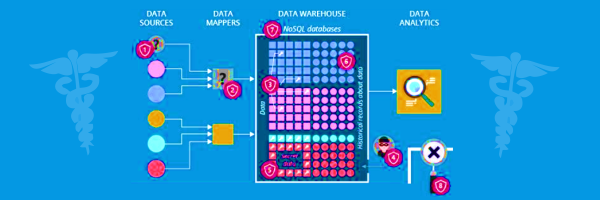
The security danger to our most sensitive data is shifting as the healthcare business advances with new technology and laws.
Here are five of the most pressing data security issues in healthcare in the digital age:
Electronic health records and health information exchanges:
A good acronym makes a politician in the United States quite happy. As part of the 2009 Recovery Act, the Health Information Technology for Economic and Clinical Health (HITECH) Act was passed.
HITECH promotes healthcare professionals to use electronic health records (EHRs) for patients and health information exchanges (HIEs) to facilitate the sharing of patient data.
Any patient who has had to transfer blood work from their primary care doctor to, say, their gastroenterologist will understand the value of HIEs (amazingly, the fax machine has lasted until 2015).
A network that keeps significant amounts of medical data shared across numerous providers, on the other hand, presents an enticing opportunity for data thieves.
In the adoption of new technology, there is a common occurrence of user mistakes:
The simple patient-user mistake is another healthcare data security risk associated with EHRs. Your medical privacy is in your control once you've accessed your test results through your provider's portal.
If you save your data in unencrypted cloud files or transmit your results to your mother through email, you make it easy for a hacker to gain access to your most personal information.
While HIPAA data security requirements apply to providers, users aren't always as cautious. Make sure you're following best practices for healthcare data security, such as keeping track of what you maintain and using strong encryption whenever possible, even in emails.
Cloud and mobile technology usage in healthcare:
By 2020, it's projected that 80 percent of healthcare data will have passed via the cloud at some point. As a result of the growing business of healthcare mobile applications, patient data is exposed to the vulnerabilities of the cloud and individual mobile devices. While HITECH mandates the encryption of PHI, cloud encryption is a contentious issue.
Out-of-date technologies at hospitals:
Running a hospital isn't cheap, and IT expenditures might be ignored when you're concentrating on the newest MRI technology or employing additional staff to meet increased demand.
As suppliers withdraw support for your IT systems, including critical security updates, end-of-life (EOL) software and infrastructure pose a danger to medical data security.
While biting the bullet and buying a new server might be costly, it's far less expensive than dealing with the consequences of a data breach.
Healthcare practitioners around the country are debating how to incorporate cutting-edge technology into their operations without violating HIPAA or putting patients in danger. Data encryption is one kind of protection against the rising threat.
What initiatives do healthcare providers need to take to protect their data?
Organizations will be able to proactively check compliance and secure their network with an effective Cybersecurity risk management program.
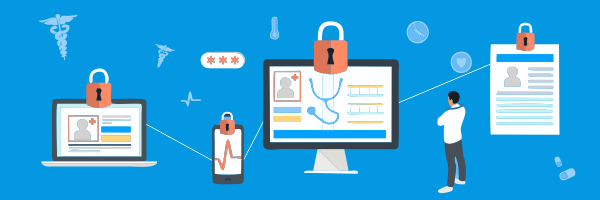
Traditional point-in-time assessments only offer customers a picture of their Cybersecurity posture in a particular instant while the threat landscape evolves.
These tactics allow businesses to wander in and out of compliance as requirements change. Because companies can handle risk in real-time, continuous monitoring is critical for maintaining and demonstrating compliance.
Here are some major measures for keeping healthcare IT compliant and secure:
Data encryption:
Healthcare software should have data encryption features to prevent unauthorized parties from tampering with, deleting, or benefiting from sensitive data.
It's vital to remember that data encryption at rest might slow down a healthcare application's performance. Encryption at the file and block levels is the solution to this problem.
Data encryption in transit has no discernible impact on application performance for consumers.
User authentication and data access control:
Access to medical apps is restricted based on user roles (for example, administrator, patient, doctor), which helps secure patients' and medical personnel's data from unauthorized users.
Different access rights for patients and medical workers can be used among the access control measures: each user's access to the application with full or limited rights to read, edit, delete information, and so on.
Before granting e-PHI access, user authentication is used to verify a person's identification (using passwords, sign-in codes sent to smartphones, etc.).
Internal IT security audit:
A healthcare company should plan and undertake frequent vulnerability assessments and penetration testing of the necessary IT infrastructure components and software to ensure the security of medical apps, IT infrastructure, and all sent and stored data.
Integrity controls:
When deploying healthcare software, the healthcare organization should develop rules and processes for protecting electronically protected health information (e-PHI) from being altered or destroyed. It will contribute to the integrity of data and the safety of patients.
Security of transmission:
Third parties should not be able to access e-PHI while it is being sent over an electronic communications network. To protect data from unwanted access, information should be sent through a secure network connection using a secure protocol.
The Future of Data Security in Healthcare
While the opportunities for big data in healthcare are limitless (for example, driving health research, knowledge discovery, clinical care, and personal health management), there are several roadblocks in the way, including technical challenges, privacy, and security concerns, and a lack of skilled talent. Researchers in this discipline regard big data security and privacy to be major roadblocks.
In this regard, views consist of creating appropriate privacy and security solutions in the era of big healthcare data as our future orientation. In addition, privacy mechanisms must be improved.
In addition, with IoT's quick expansion, the more quantity, the lesser the quality. As a result, privacy-preserving algorithms should not have a greater impact on data quality for researchers to achieve the best results. To take things a step further, the health tech developers must aim to tackle the challenge of balancing security and privacy models by modeling a variety of ways to help with decision-making and planning.
How Percipience Solutions can ease your data security implementation process?
Too many medical institutions have had to learn the hard way the need for unbreakable data security. In today's world, waiting for the appropriate opportunity to adopt effective security measures isn't a practical option. However, starting with the appropriate principles and adding a custom-made data security solution might be challenging.
While this advice appears to be general, there are a few instances in which building healthcare data security solutions might be particularly advantageous to your medical practice.
Too many medical institutions have had to learn the hard way the need for unbreakable data security. In today's world, waiting for the appropriate opportunity to adopt effective security measures isn't a practical option. However, starting with the appropriate principles and adding a custom-made data security solution might be challenging.
While this advice appears to be general, there are a few instances in which building healthcare data security solutions might be particularly advantageous to your medical practice.
There is no "one-size-fits-all" answer when it comes to data security for healthcare providers and facilities. As a result, we'd like to recommend you seek expert assistance when it comes to dealing with data security issues.
The Percipience Solutions team is well-versed in the intricacies of developing the best data security software. We can assist you with business logic, user experience and interface design, and the implementation of cutting-edge security technologies. Percipience Solutions can design a standalone healthcare data security solution to meet your demands if you currently have a working system.
To know more about Electronic health records and their implementation in healthcare, follow us on our Instagram @percipeincesolutions and Facebook @percipience solutions channels, or get in touch with us at https://percipiencesolutions.com/contact
References:
- https://www.hipaajournal.com/largest-healthcare-data-breaches-of-2021/
- https://securityscorecard.com/blog/healthcare-it-security-and-compliance-complete-guide
- https://journalofbigdata.springeropen.com/articles/10.1186/s40537-017-0110-7
- https://www.scnsoft.com/blog/healthcare-it-compliance
- https://www.informationweek.com/healthcare/cloud-gains-traction-in-healthcare
